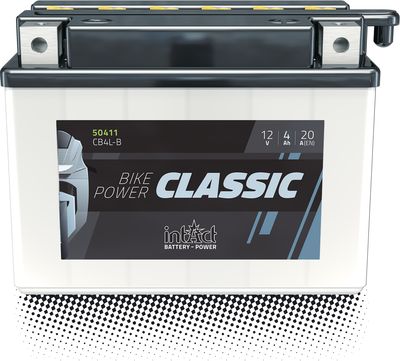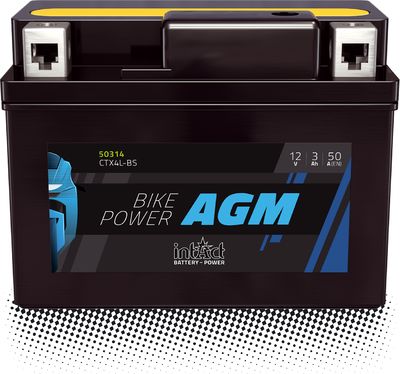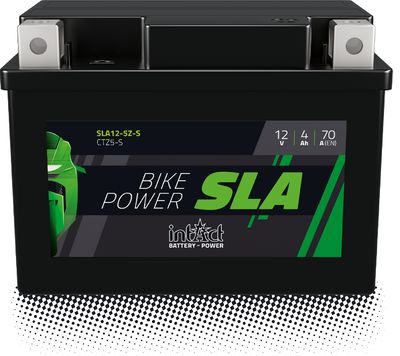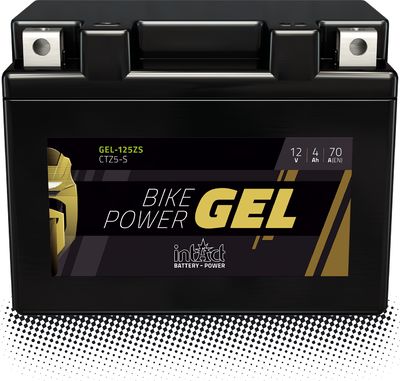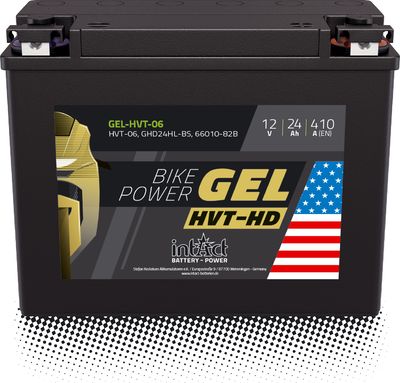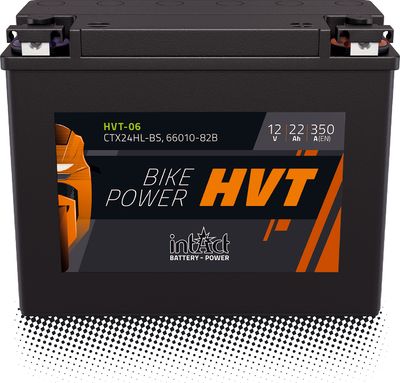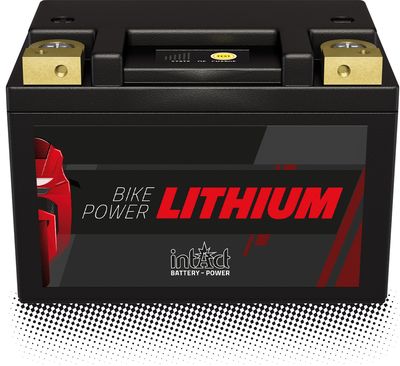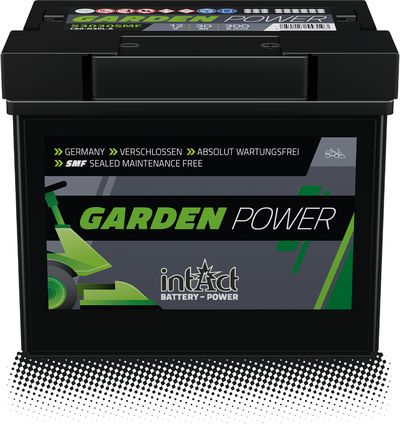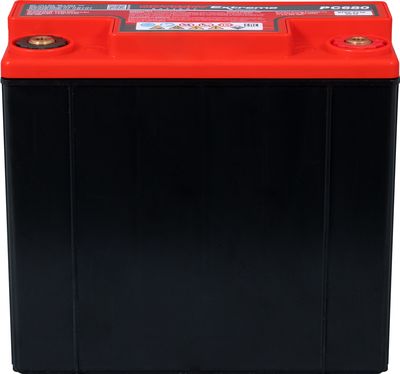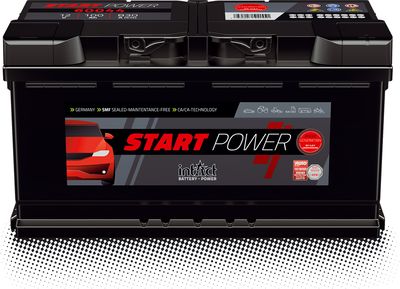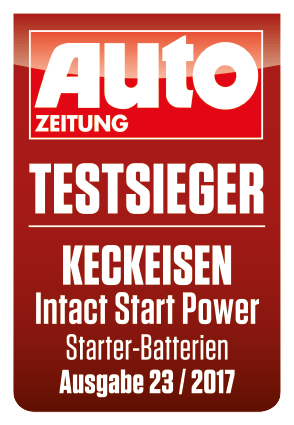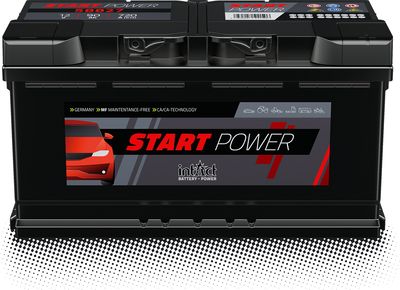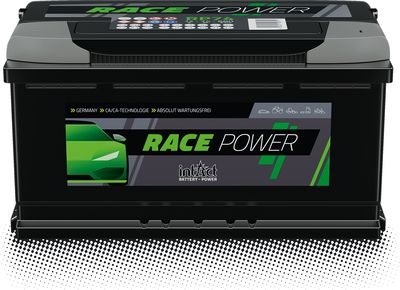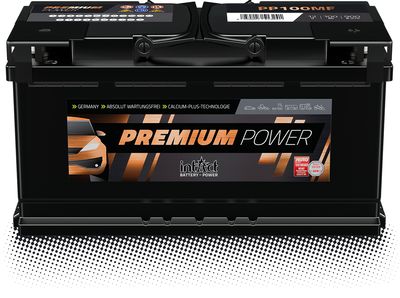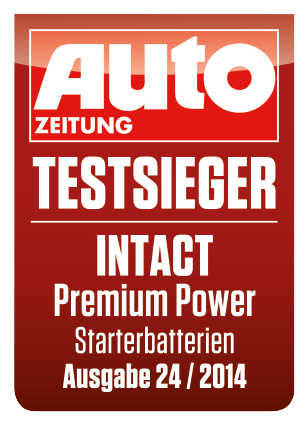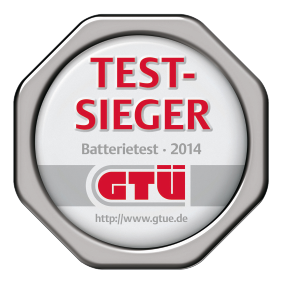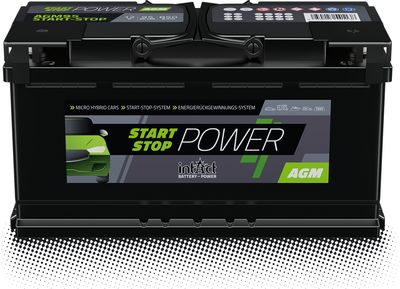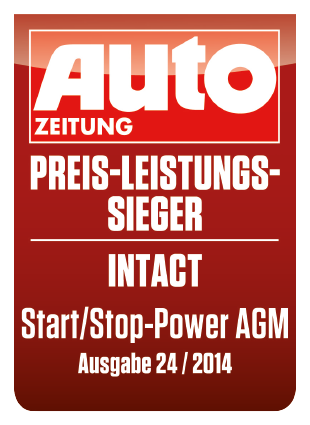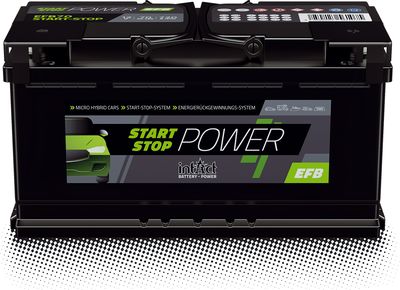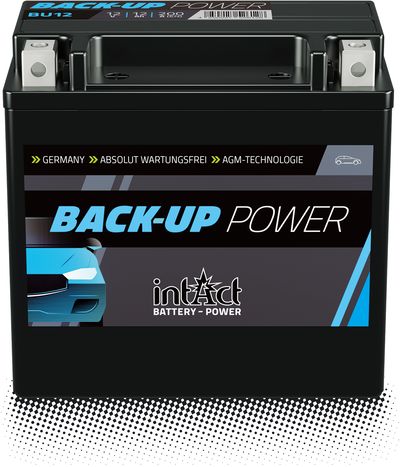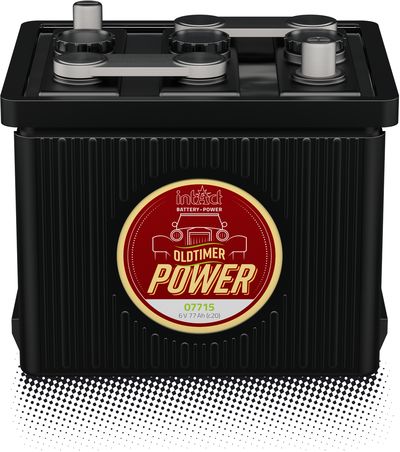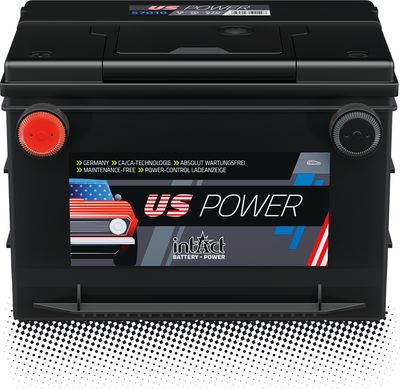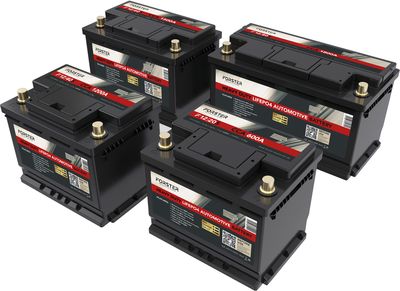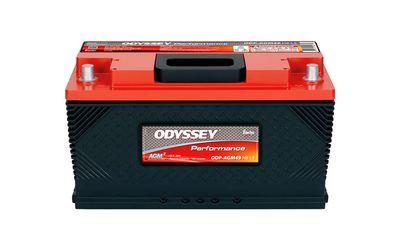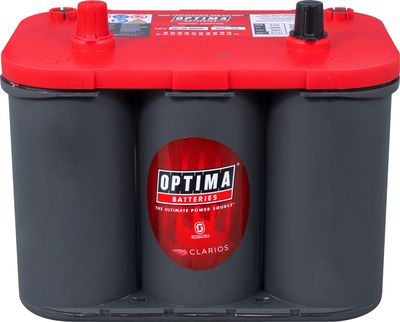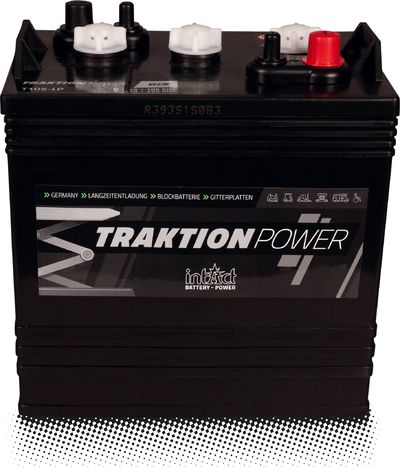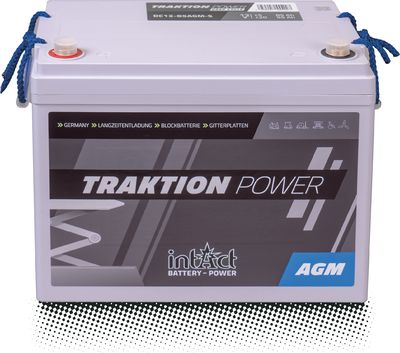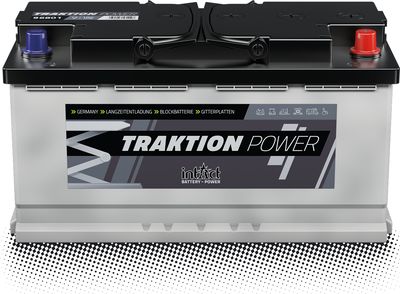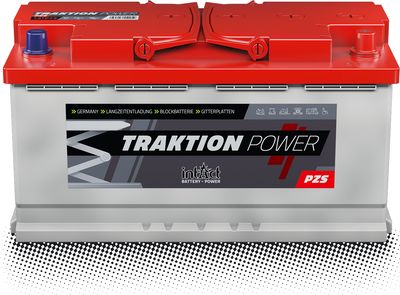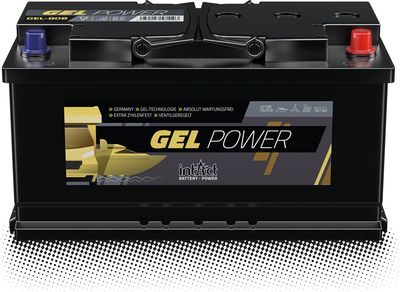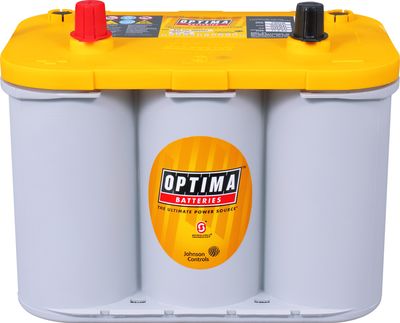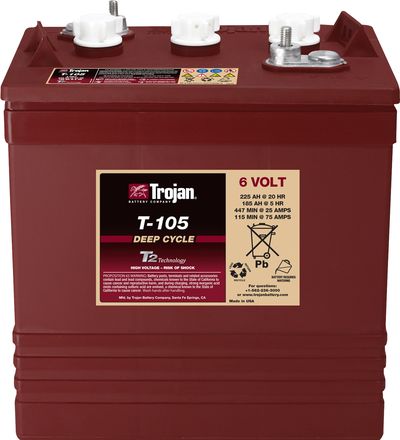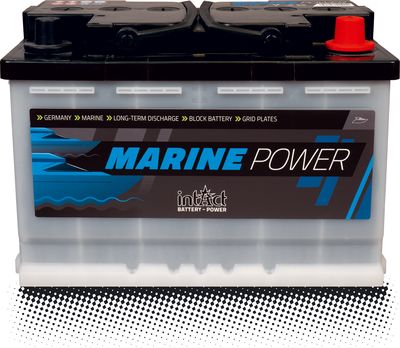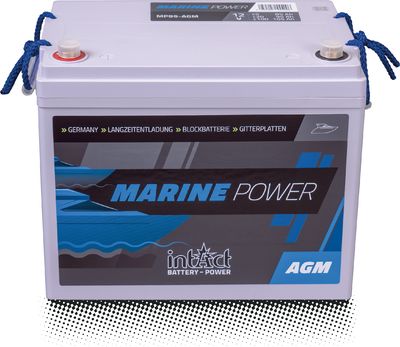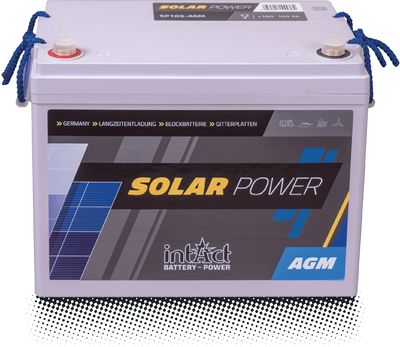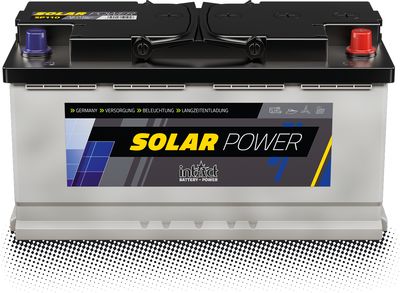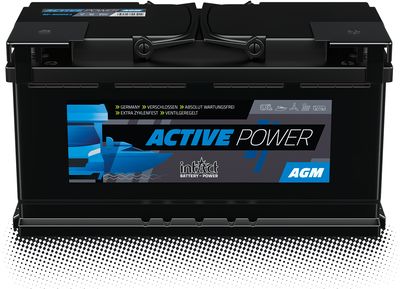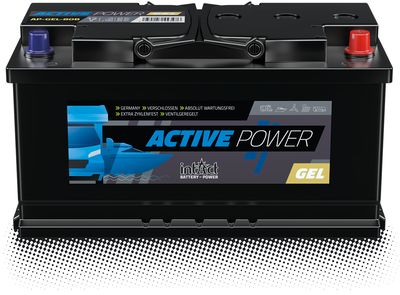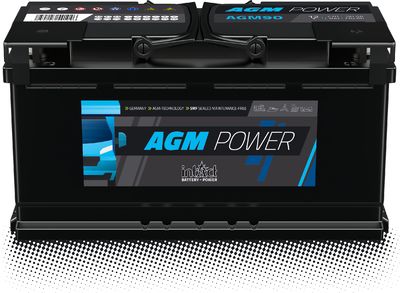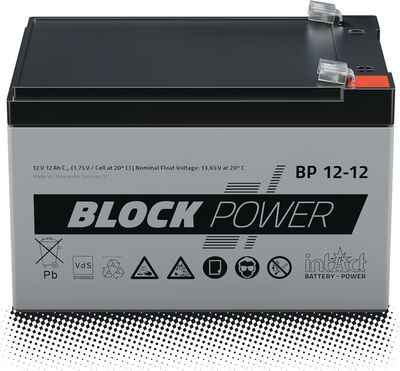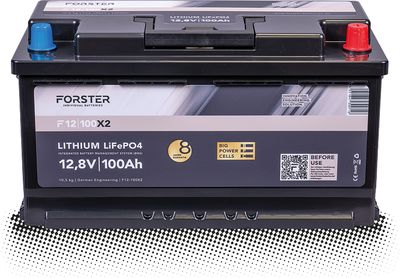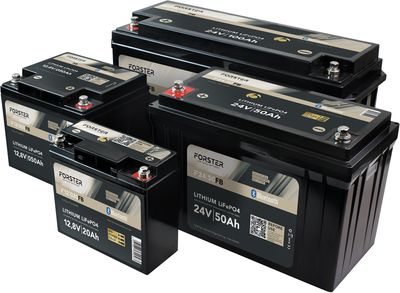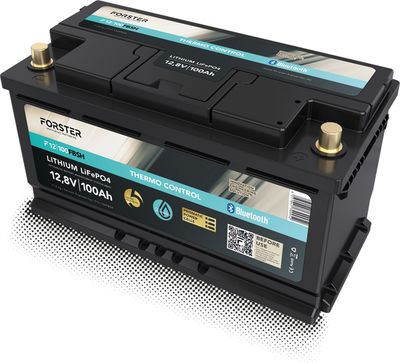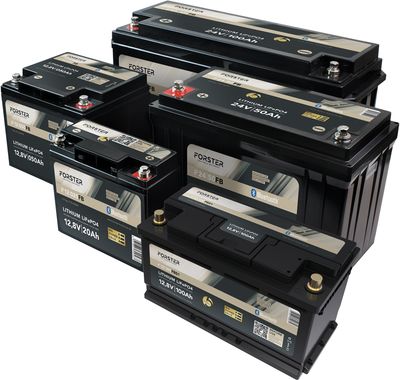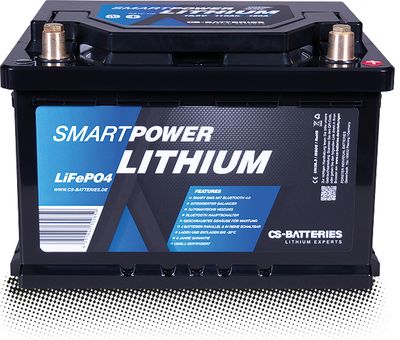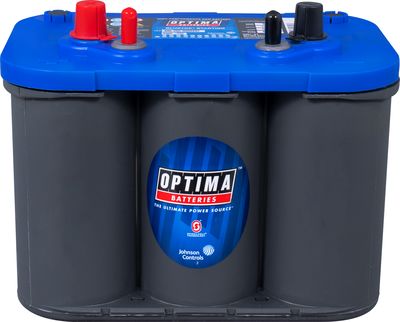Batteries without vent hose
Only conventional, wet batteries need a vent hose, because they gas strongly during operation. The resulting steam can escape through the openings in the plugs. To prevent the vapour from damaging the vehicle, conventional batteries are vented to the …
First the format, then the capacity
A battery must of course fit in your vehicle, machine or device. Check the dimensions of your old battery or the available space where you want to install the battery.
Check that the terminals are easily accessible, that you can reach them easily with …
Installing the starter battery or motorcycle battery
First connect the positive cable (usually red) to the positive terminal of the battery.
Then connect the negative cable (usually black) to the negative terminal of the battery.
If you install a start-stop battery, you must then register the battery in the vehicle system.
With each charge/discharge process (cycle), active material is inevitably lost and the battery's performance declines. Once it has fallen to the point where it can no longer fulfil its purpose - e.g. start the vehicle, supply the consumers or drive the …
Ideally, batteries should be kept dry. Even slight moisture can promote leakage currents.
If you've noticed condensation on your battery frequently in the past, such as with temperature fluctuations, or water can get to your battery, it's worth considering …
Always choose the right battery for the application
When choosing a battery, it basically depends on what it is to be used for.
The most important distinction is between starter batteries, including motorcycle batteries, and cyclic batteries such as traction or supply batteries.
Starter batteries, including …
Supply batteries with armoured plates
Wet deep-cycle batteries in armoured plate or tubular plate technology are designed for the most severe loads. Due to their structure, the tubular plates used provide a larger surface area compared to grid plates and thus more active mass for the chemical …
Identifying and filling the liquid level
Markings on the outside of the white or transparent housing of a wet battery indicate the minimum (MIN) and maximum (MAX) fill levels.
During commissioning or initial filling, the battery must be filled with battery acid up to the upper mark (MAX).
During …
Depending on the type, this battery is low-maintenance or maintenance-free.
Low maintenance version - TV types
Low-maintenance batteries can be recognised by the removable sealing plugs on the top, the vent hose and the white or transparent housing. In …
Chargers for rescue and safety vehicles
Emergency and rescue vehicles and other safety-related types of vehicles often sit around for months, but when it comes down to it, they need to be ready at a moment's notice to put out fires, rescue injured people or clear roads.
Chargers like the Fronius …
